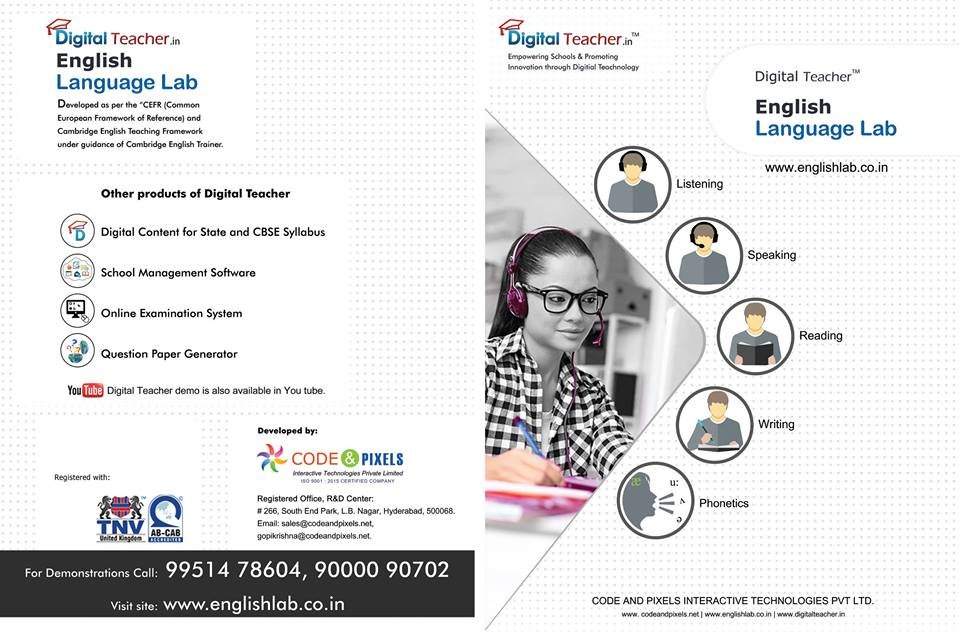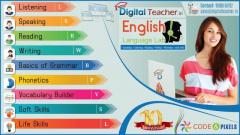SDFGDRF
Language Classes
Modern Language Lab Why?
- The primary aim of the Modern Language Lab is to provide students with free usage to improve their English without hesitation.
- The Modern Language Laboratory differs from “spoken English software” as it utilizes technology specifically tailored for practising spoken English.
- The Language Lab plays a crucial role in enhancing students’ overall fluency in the English language.
- Surveys suggest that close monitoring of students by a teacher in the Language Lab may not yield optimal results.
- Research indicates that students may feel restricted in their learning when under constant observation by a teacher.
- It is recommended that students explore the Language Lab independently with guidance from their teacher rather than being constantly monitored.
In language laboratories, the best outcomes come from teachers guiding but not unnecessarily supervising learners. Students should be allowed to play around with the program, much as youngsters pick up smartphone usage naturally and frequently outperform adults when it comes to technology.
Students should be encouraged to freely explore the Language Lab program to improve their language abilities, just as children learn by trying out different possibilities. It is imperative that instructors stress the value of English proficiency in students’ lives, offer advice on how to use the Language Lab efficiently, and give them the freedom to be responsible for their own education.
Anyone can easily run the software thanks to the user-friendly design of the Digital Teacher Language Lab.
The traditional roles of mentor and mentee have changed in the context of modern education, with a stronger focus on self-directed learning and discovery in the modern Language Lab environment.
Lesson Maker Vs Fully Loaded Software: English Language Lab
- Lesson-making is also the oldest concept of Language Lab. A few years back, all the lessons were kept separately in a folder and Mentee used to open them one by one.
- Digital Teacher is Modern software, where all the lessons are arranged as per the CEFR reference.
- The digital teacher Language lab has full-fledged lessons, which are more than sufficient for any level of student.
- While designing the software, we have taken feedback from many experts in the teaching domain. We have prepared in consultation with many Subject matter experts who are exclusively teaching rural students. A panel of experts consisting of SCERT and NCERT, TOEFL and also spoken English experts, English HODs of government and private colleges together made architecture and gave content support.
- Code and Pixels, a content development company, has 20 years of experience in teaching content and developing e-learning modules for various universities that very much understand learning theories.
- While the blueprint was made and architecture was being prepared, the thought of using Telugu came into our minds. However, experts warned us not to introduce Telugu in the Language lab.
- Instead of that, the accent used is very native Indian. Hence Usage of Telegu at any stage is not required.
- Maybe while teaching Phenetics, the school’s English teacher can explain in Telugu if need be.
- “5000 plus hours of comprehensive practising materials categorized primary,
- intermediate, advanced & professional levels followed by English sentences,
- grammar with exercises, phonetics theory & practice, and speech mechanism.
- The lab also has fully animated modules i.e. Soft skills, Life skills, Basics of grammar and a Vocabulary builder.
Let’s now explore these areas in more detail: soft skills, life skills, grammatical basic concepts, and vocabulary builders.









Comments